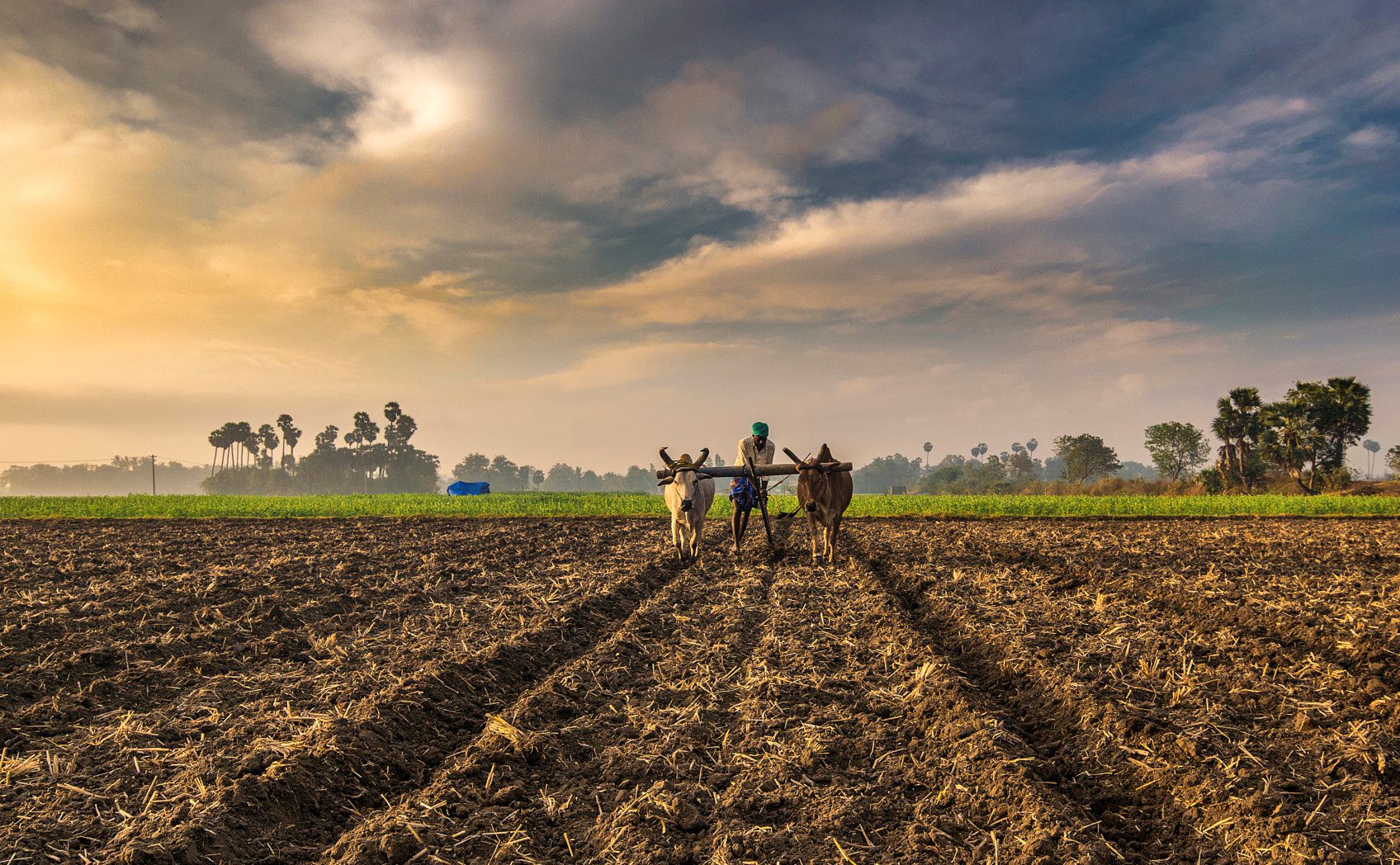Agriculture has been ever-growing and evolving. A paradigm shift happened in agronomy when technology came as the top-notch actor and facilitator. The business world has particularly welcomed these changes because the disruptions have bought a lot of ease. In the Indian landscape, farmers have been the precursor of these changes. Mainly, this statement is true concerning agriculture management software. The revolution in the agriculture domain came with the development of these tools. Even without these tools, the process began with the concept of farm management. This concept gave birth to many more new ideas.
The economic consideration is a significant factor that is extensively involved in these revolutions. Farmers have been introducing modern technologies in agriculture and fields because these developments pay more than traditional cropping techniques. In the twenty-first century, agriculture has been more focused on the consumer, and as a result, technology has come into the picture. Cost of supply, profits, and profitability are also essential factors to be considered when we talk about present-day agriculture.
An agriculture management software is closely linked to the field of farm management and Agri-economics. Farmers who introduce modern technologies are undoubtedly concerned about the maintenance of their farm. Farmers, agricultural scientists, and policymakers, on the other hand, are also concerned with farm management.
As the agricultural landscape changes, the need for farmers to be directed to manage their farms becomes more critical. Management plays a significant role in every market proposition, whether it is agriculture or any other industry. Management has become a buzzword in different domains of the economy also. In recent years, the services associated with ‘management’ and preparation have skyrocketed. It is the domain of agriculture alone where agriculture management software and other software have become popular.
What is agriculture management?
Farm administration or agriculture management is a relatively new concept in the landscape of Indian agriculture. Many individuals have different interpretations of the word “farm management” according to the individual perception. Some regard farm management to be a subset of development economics or agricultural economics. In contrast, others see it as nothing more than the farmer’s craft of overseeing the farm regularly.
Indian agriculture is mostly subsistence farming. However, due to recent technical advances in all fields of agriculture, crop and livestock production has increased significantly, overall production has increased many times, and marketable surpluses of farmers have increased. As a result, farming has become a viable business proposition. Moreover, agriculture management software acts like glitter over the gold of farm development.
Agriculture is a domain where a fair resource distribution proposition is to be followed. Like every other economic challenge, it is more specifically from the perspective of an individual farmer. When we talk about farmers and their challenges earlier, they had a pool of problems. The problems ranged from the lack of tools and others like soil, labour, farm buildings, capital, and farm machinery. At the same time, the farmer has a series of targets or priorities to meet, including maximizing family satisfaction. Well, manually, everything was not possible, but as and when the aids developed, there came a lot of ease for the farmers.
An agriculture management software is the most outstanding example of disruptive tools. The farm management software assists the farmers in fulfilling a variety of activities with multiple degrees of difficulty. Various technologies and tools are designed to help people make important choices in a limited amount of time, and here is the most significant advantage of these tools.
Time is money, and it applies very well with the agriculture management software. Any delay in farm-related activities can heavily cause repercussions. To avoid these delays, farming tools are a great opportunity. Farming applications not only make the operation smooth and faster, but they also give a better understanding of what is going on the farm, whether you are present or absent. This raises the likelihood of the activities being timely and accurate. modern programs facilitate field management by addressing a wide range of farming activities like:
- pest control
- environmental precipitation
- yield forecasting
- Crop rotation
- capital optimization
- risk management
- record-keeping/maintenance
- Fertilizer
- water saturation
- Seeding
- Harvesting
Large-scale agriculture enterprises engaged in large-scale activities like manufacturing, packaging, storage and quality management of agricultural products. These are often identified with agribusiness. On the other hand, Small agriculture-related enterprises are less often thought of as agribusinesses. The agriculture management software is not very common here but is slowly becoming popular with small businesses too.
Agro-industry and allied actors are the establishment of linkages between enterprises and supply chains of the agriculture sector. These are highly important for the growth, transformation, and distribution of particular inputs and products. As a result, these are considered as a branch of agriculture. Commercialization and value addition of agriculture is involved in agribusiness and agro-industry. With the help of agriculture management software, the Suppliers of agricultural inputs, manufacturers, agro-processors, dealers, merchants, exporters, sellers, and customers are all benefitted.







